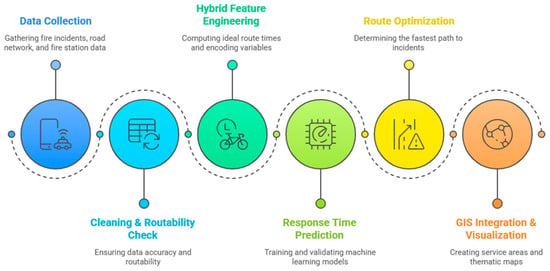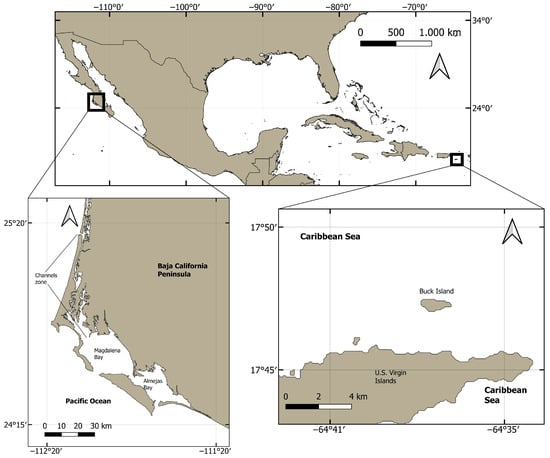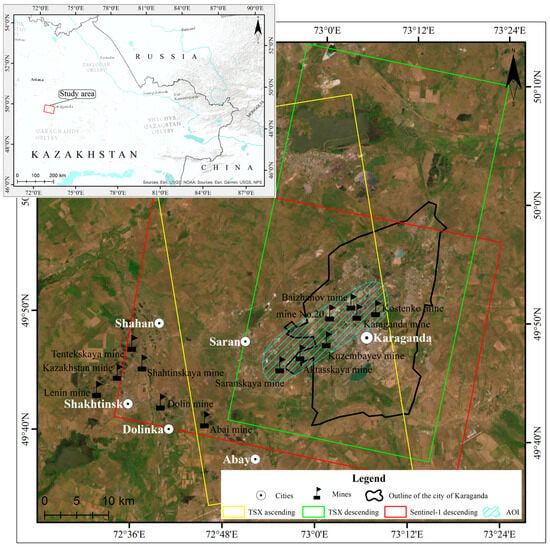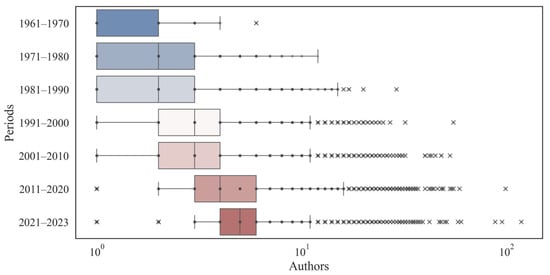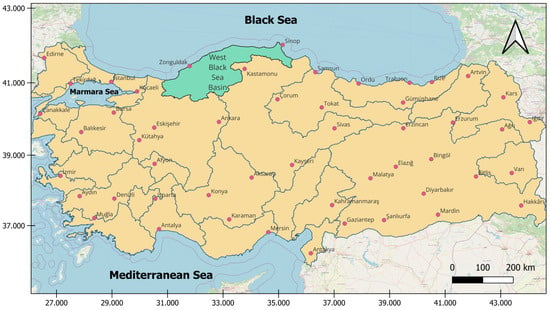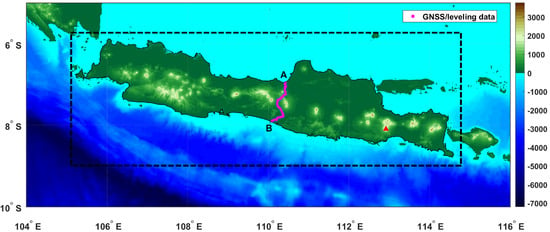-
 Back to Geomatics: Recognizing Who We Are
Back to Geomatics: Recognizing Who We Are -
 Improving Individual Tree Crown Detection and Species Classification in a Complex Mixed Conifer–Broadleaf Forest Using Two Machine Learning Models with Different Combinations of Metrics Derived from UAV Imagery
Improving Individual Tree Crown Detection and Species Classification in a Complex Mixed Conifer–Broadleaf Forest Using Two Machine Learning Models with Different Combinations of Metrics Derived from UAV Imagery -
 Simulation of GNSS Dilution of Precision for Automated Mobility Using Digital Surface Models
Simulation of GNSS Dilution of Precision for Automated Mobility Using Digital Surface Models -
 Advancing Tree Species Classification with Multi-Temporal UAV Imagery, GEOBIA, and Machine Learning
Advancing Tree Species Classification with Multi-Temporal UAV Imagery, GEOBIA, and Machine Learning -
 HAIMO: A Hybrid Approach to Trajectory Interaction Analysis Combining Knowledge-Driven and Data-Driven AI
HAIMO: A Hybrid Approach to Trajectory Interaction Analysis Combining Knowledge-Driven and Data-Driven AI
Journal Description
Geomatics
- Open Access— free for readers, with article processing charges (APC) paid by authors or their institutions.
- High Visibility: indexed within ESCI (Web of Science), Scopus, EBSCO, and other databases.
- Journal Rank: JCR - Q2 (Geography, Physical) / CiteScore - Q1 (Earth and Planetary Sciences (miscellaneous))
- Rapid Publication: manuscripts are peer-reviewed and a first decision is provided to authors approximately 20 days after submission; acceptance to publication is undertaken in 2.6 days (median values for papers published in this journal in the first half of 2025).
- Recognition of Reviewers: APC discount vouchers, optional signed peer review, and reviewer names published annually in the journal.
- Companion journal: Remote Sensing.
- Journal Cluster of Geospatial and Earth Sciences: Remote Sensing, Geosciences, Quaternary, Earth, Geographies, Geomatics and Fossil Studies.
Latest Articles
E-Mail Alert
News
MDPI Launches the Michele Parrinello Award for Pioneering Contributions in Computational Physical Science
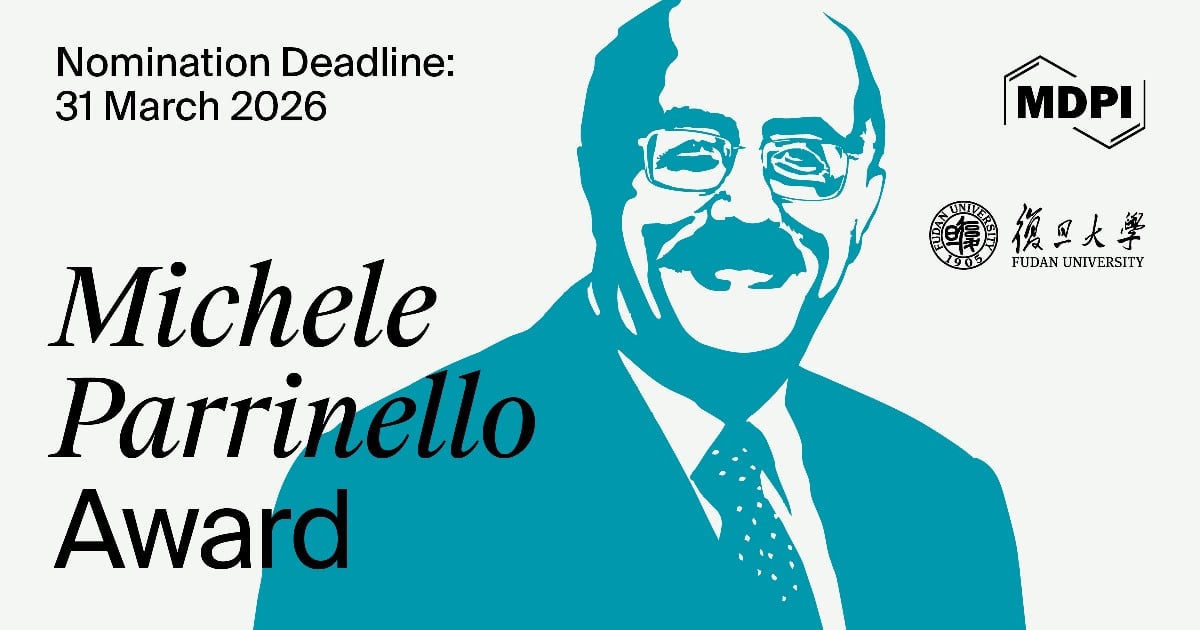
Topics
Deadline: 1 December 2025
Deadline: 31 December 2025
Deadline: 31 March 2026
Deadline: 30 April 2026
Conferences
Special Issues
Deadline: 15 December 2025
Deadline: 23 January 2026
Deadline: 20 April 2026
Deadline: 15 June 2026






